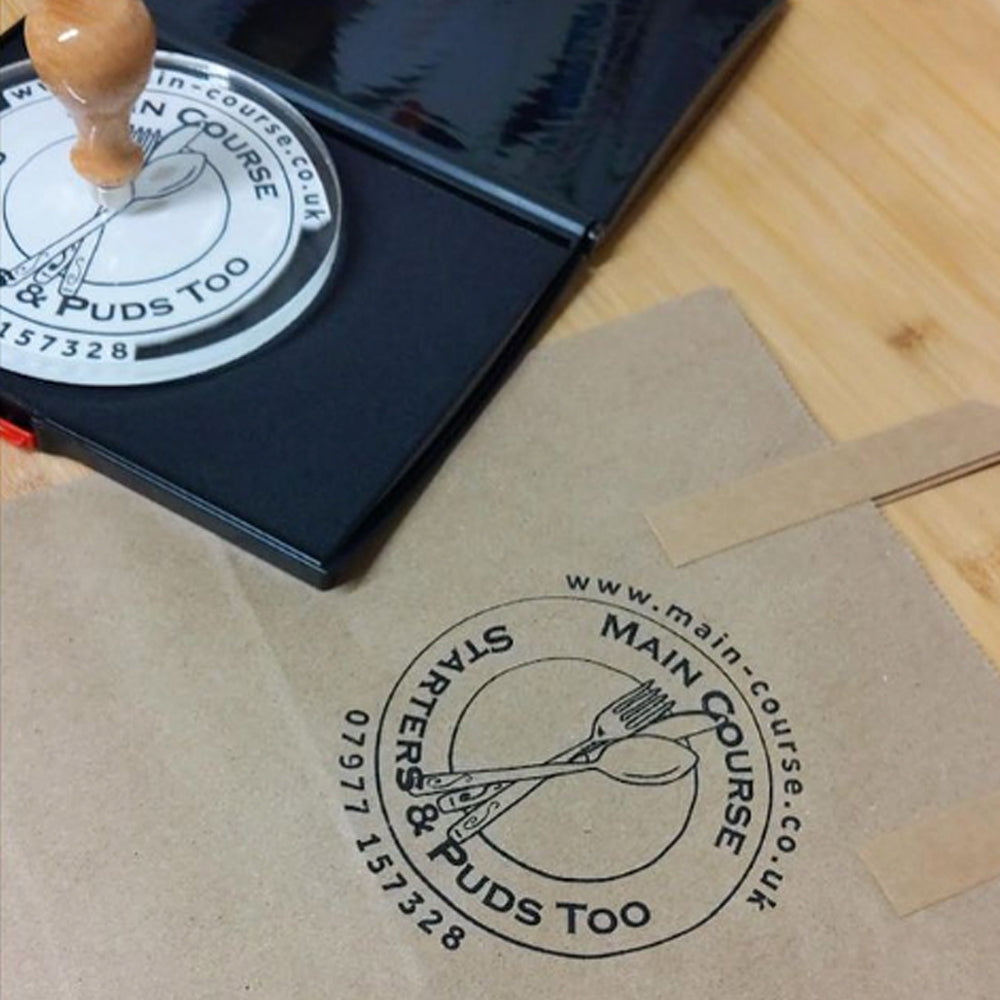Bamboo Chopsticks The Eco-Friendly Choice
Bamboo chopsticks are more than just utensils; they embody a cultural tradition and an eco-friendly alternative to disposable products. Their rise in popularity can be attributed to an increasing global consciousness about sustainability and environmental preservation. As we delve into the significance of bamboo chopsticks, we discover their history, benefits, and the reasons they are gaining traction as a preferred dining option worldwide.
Historically, chopsticks date back over 3,000 years to ancient China, where they were first used for cooking and later for eating. Bamboo, with its rapid growth rate of up to three feet per day, has emerged as the material of choice for making chopsticks. Unlike hardwood, which can take decades to mature, bamboo is a renewable resource that minimizes deforestation. Its natural antibacterial properties contribute to a healthier dining experience, making bamboo chopsticks a hygienic option for users.
One of the principal advantages of bamboo chopsticks is their sustainability. As society becomes more aware of the impact of plastic waste on our environment, bamboo, being biodegradable, emerges as a viable solution. Traditional single-use plastic chopsticks contribute to pollution and environmental degradation since they take hundreds of years to decompose. In contrast, bamboo chopsticks can break down naturally within a few months, significantly reducing their environmental footprint.
bamboo chopsticks

Additionally, bamboo chopsticks are lightweight and durable, offering both convenience and functionality. They are less likely to splinter compared to wooden chopsticks and do not impart any unwanted flavors to food. For those who are new to using chopsticks, bamboo utensils often feature a textured surface at the tips, making it easier to grip food, such as rice and noodles.
The artistry involved in the production of bamboo chopsticks also deserves recognition. Skilled artisans craft these utensils, often incorporating intricate designs that reflect cultural motifs and traditions. Many companies are now focusing on eco-friendly practices, using natural dyes and sustainable packaging, further embracing the philosophy of environmental consciousness.
Moreover, as more people pursue plant-based diets and explore Asian cuisines, bamboo chopsticks have become a staple in households beyond their countries of origin. Restaurants worldwide are increasingly offering bamboo options as part of their commitment to sustainability. This shift not only caters to environmentally-aware customers but also enhances the dining experience, creating a connection with cultural heritage.
In conclusion, bamboo chopsticks serve as a perfect blend of tradition and sustainability. By choosing these eco-friendly utensils, we not only honor a rich cultural history but also contribute to a healthier planet. Embracing bamboo chopsticks is a simple yet impactful way to reduce our reliance on single-use plastics while enjoying our meals with elegance and style. Whether you’re a seasoned chopstick user or a newcomer, using bamboo chopsticks can enrich your dining experience while promoting a more sustainable future.



